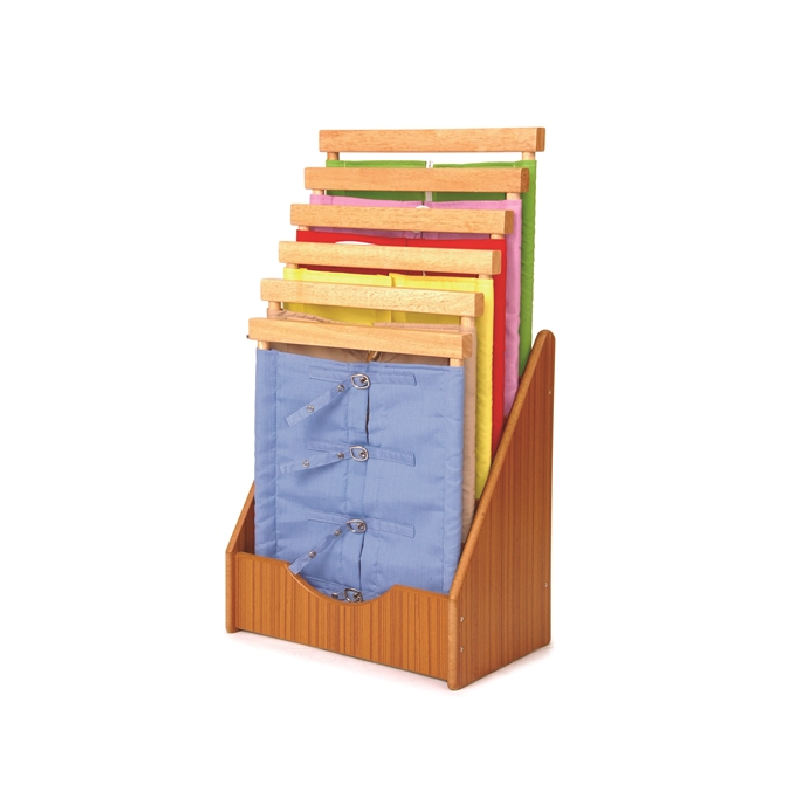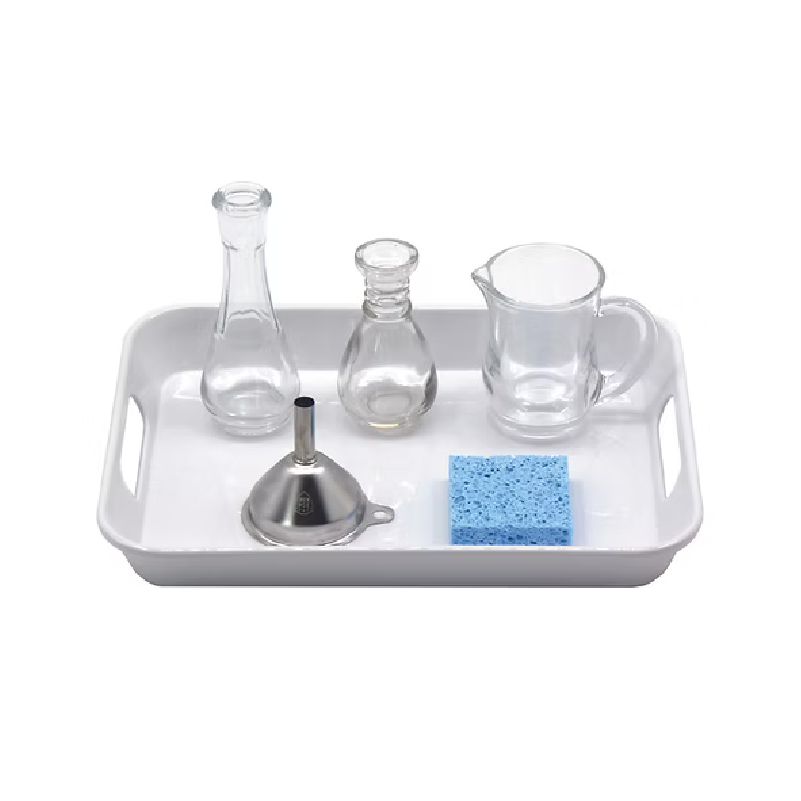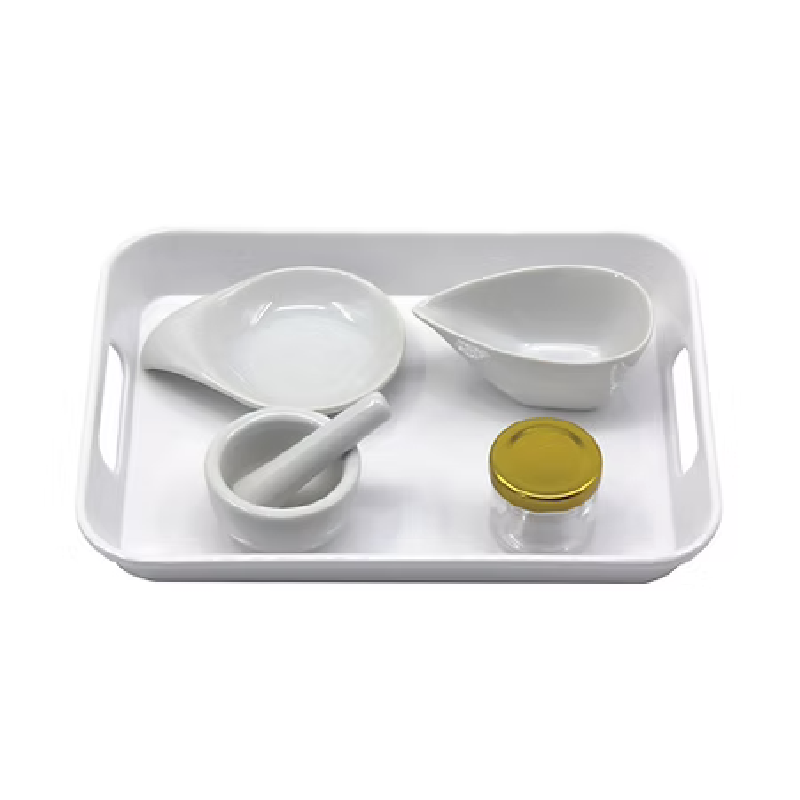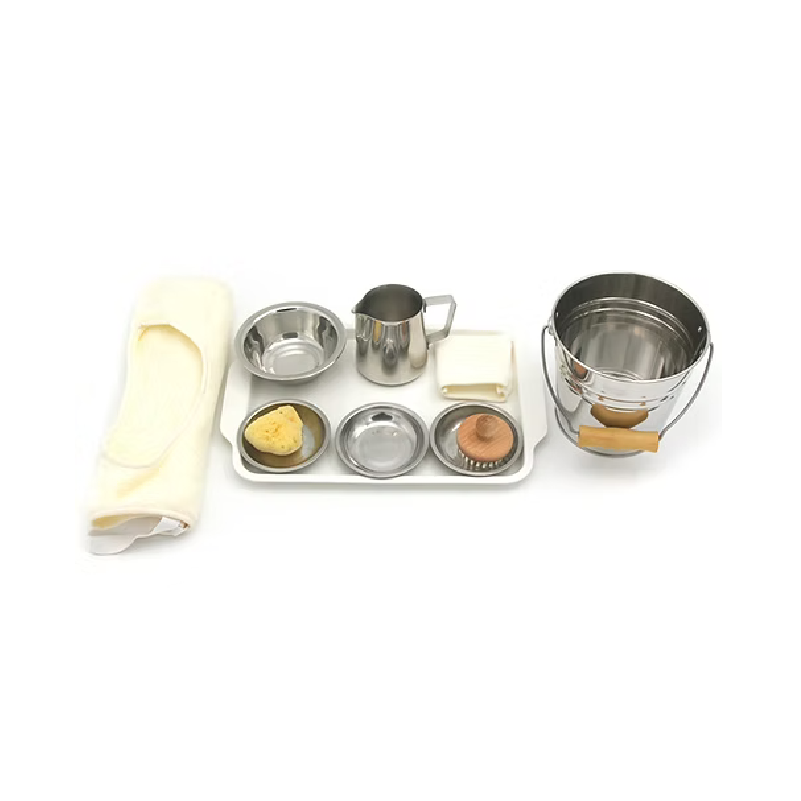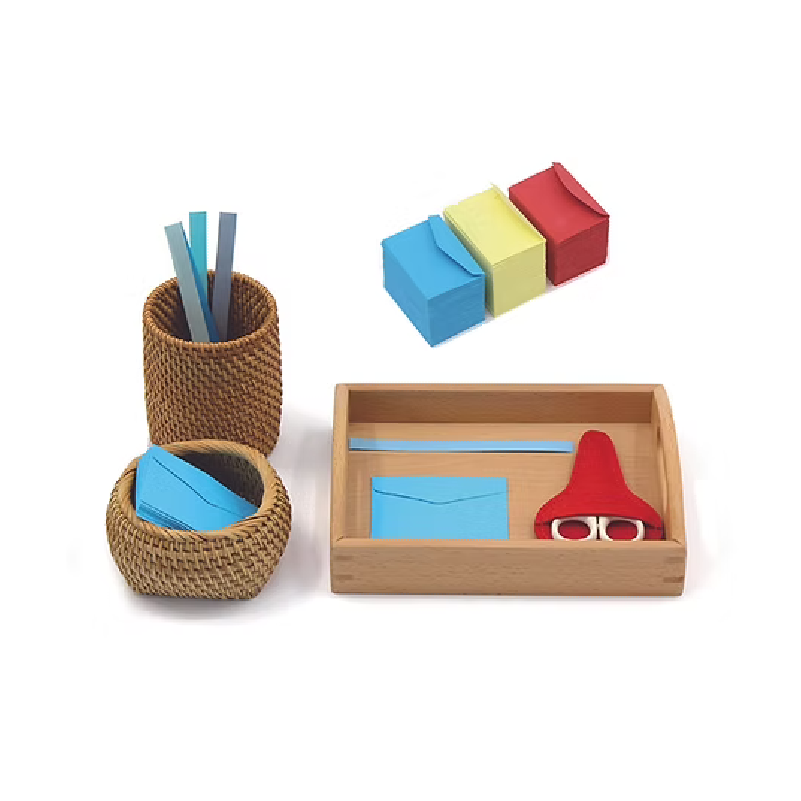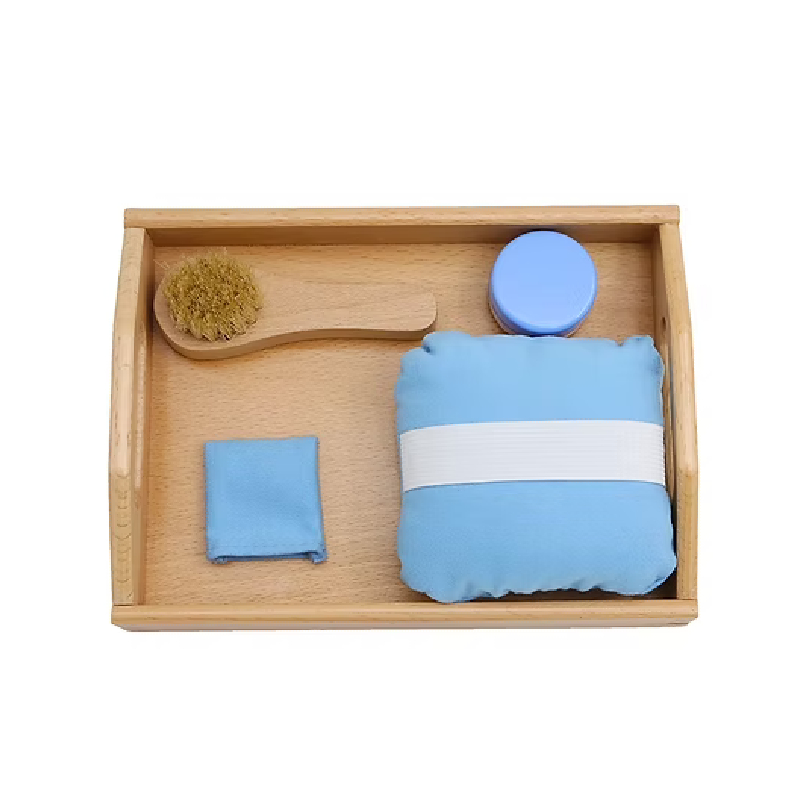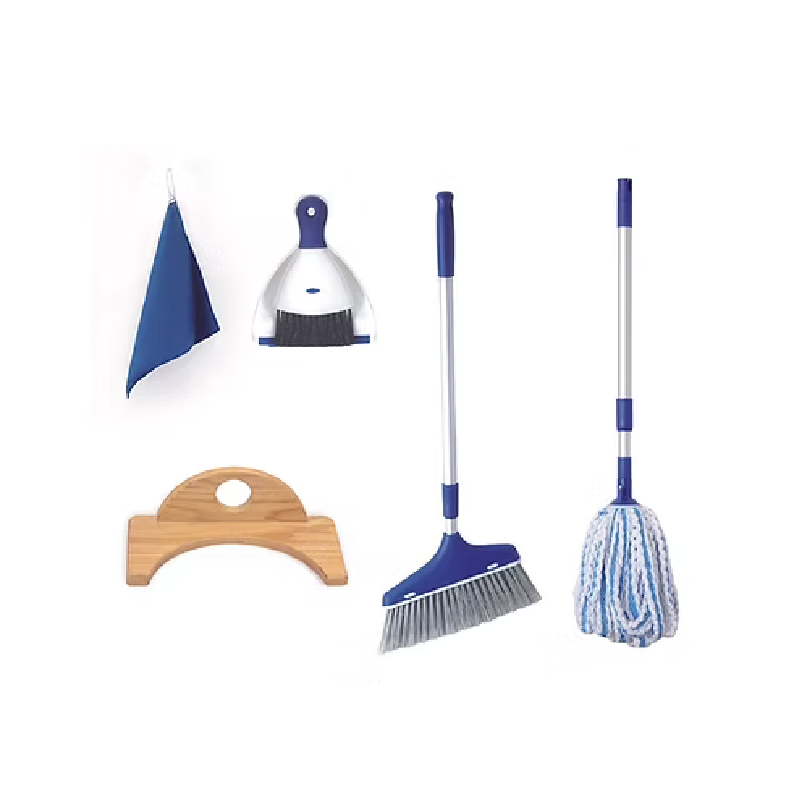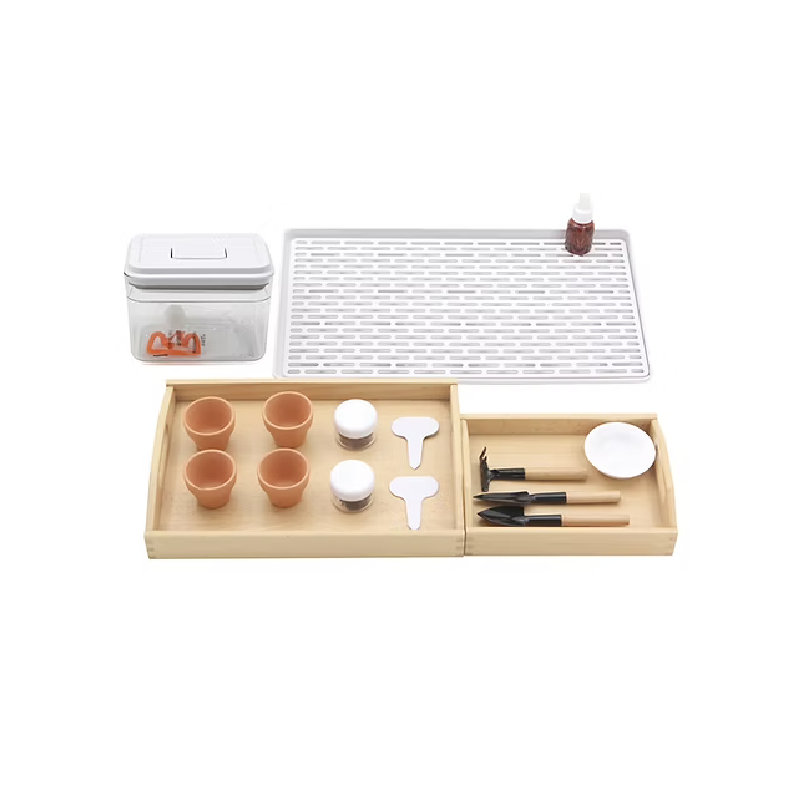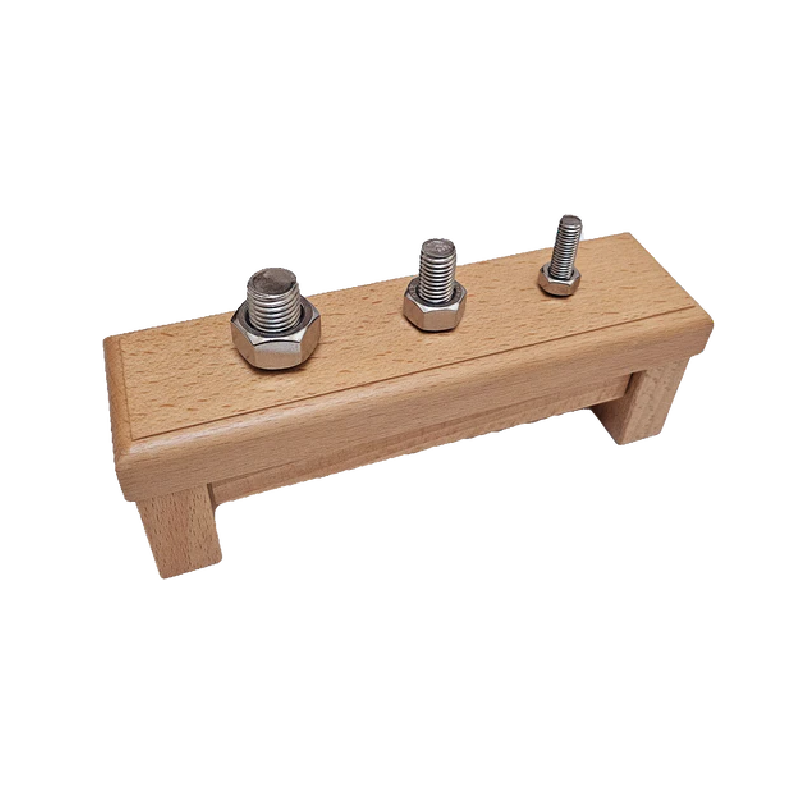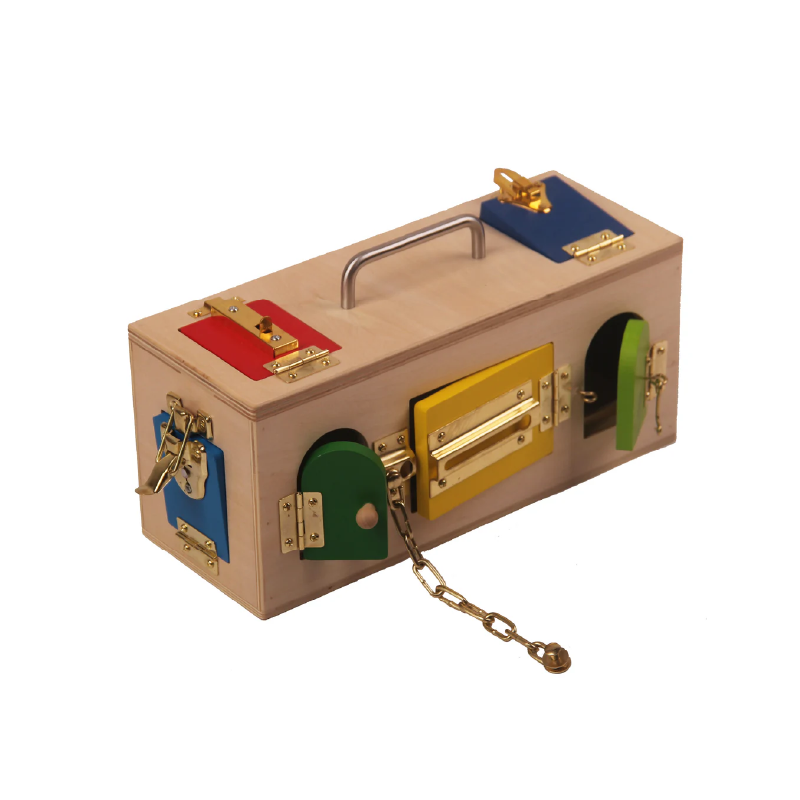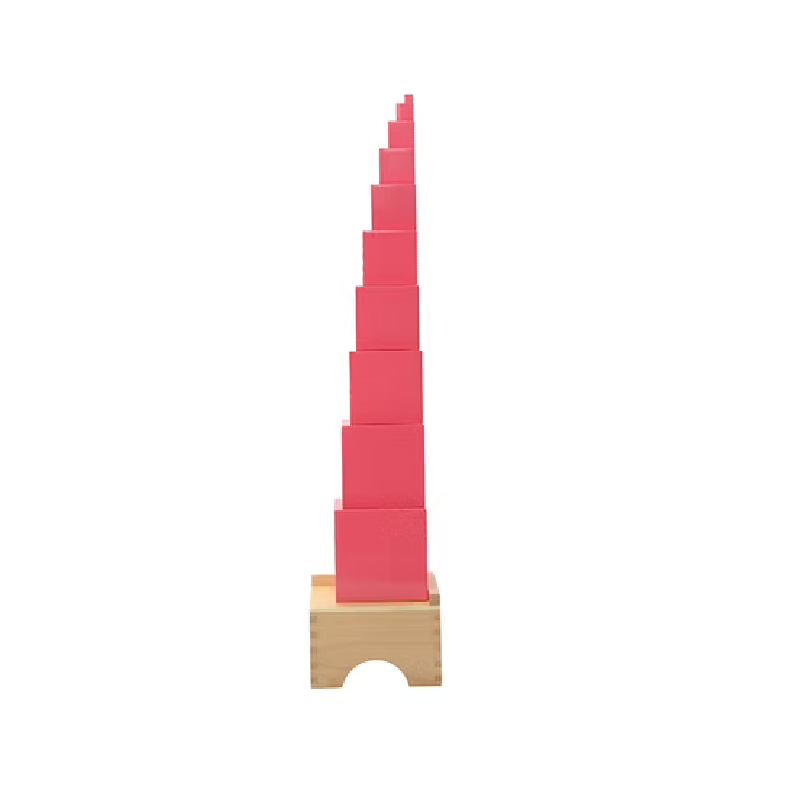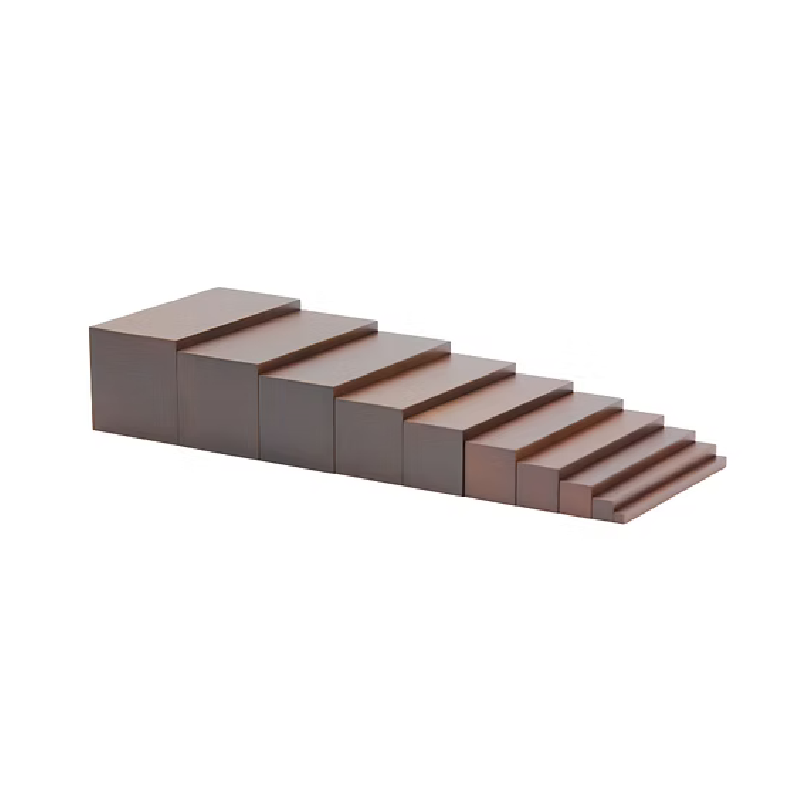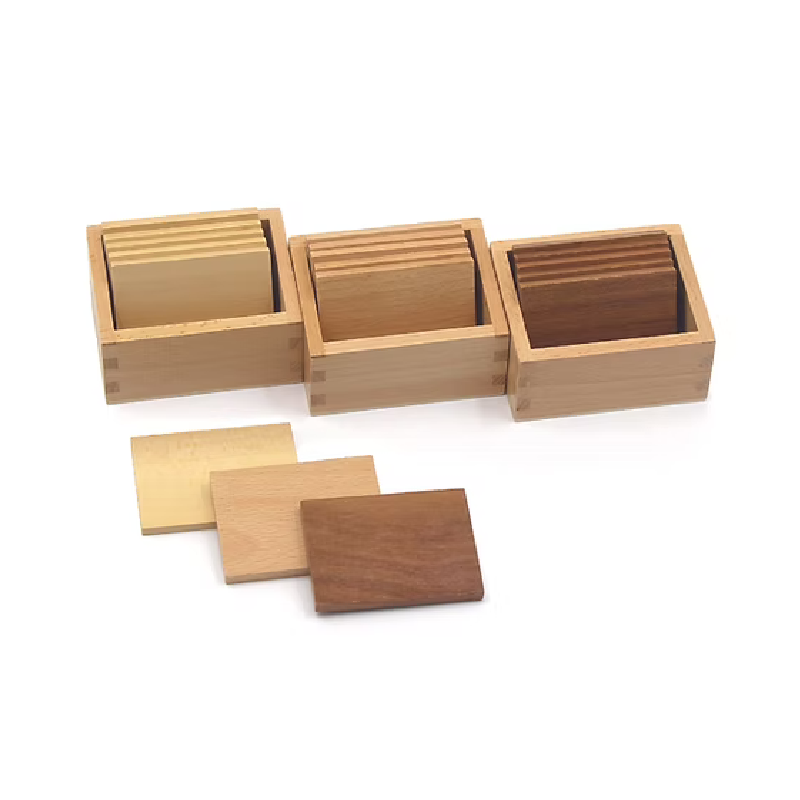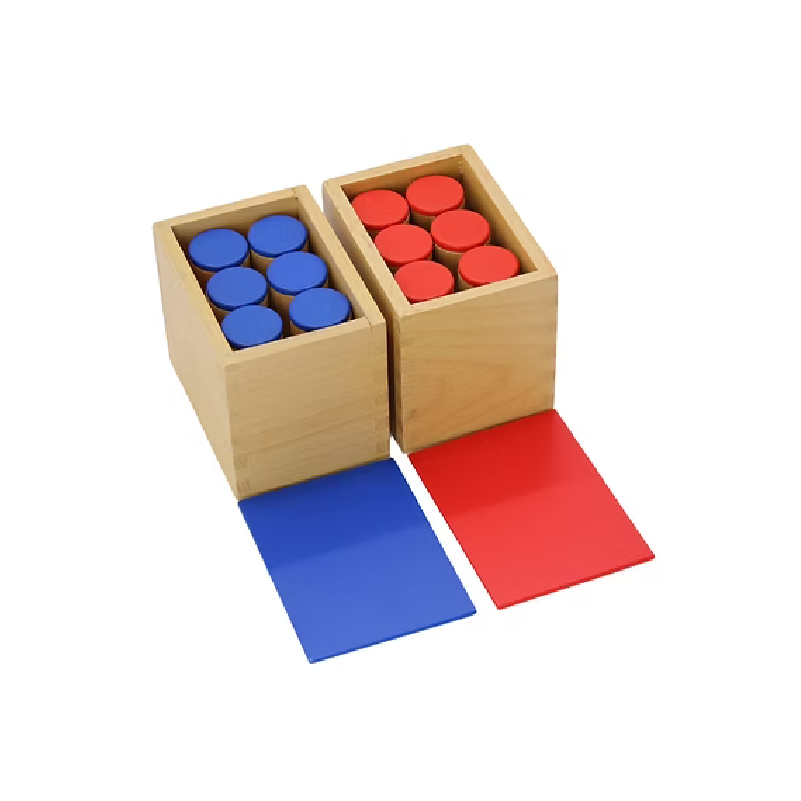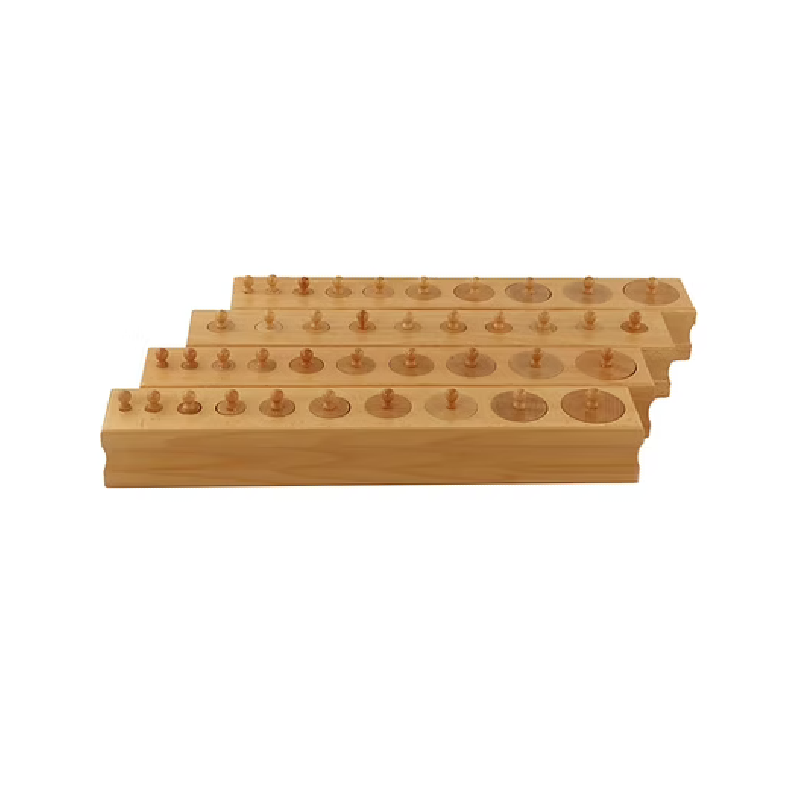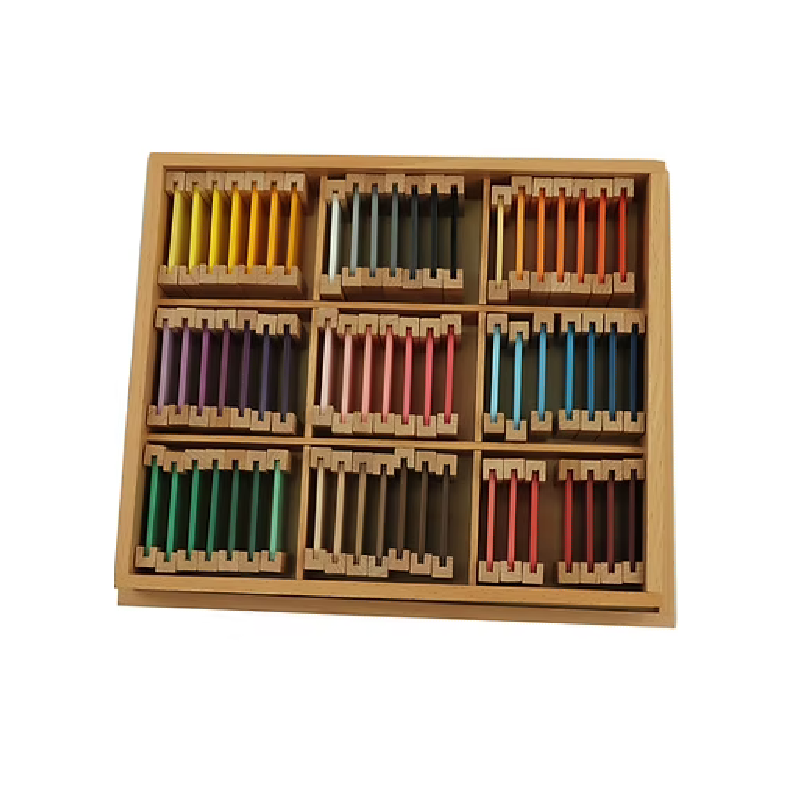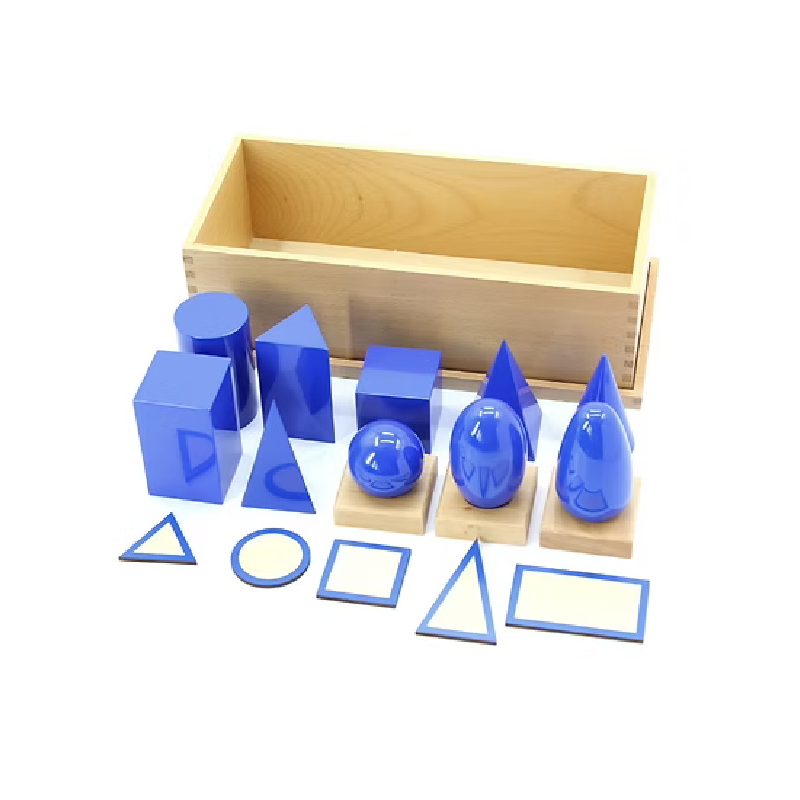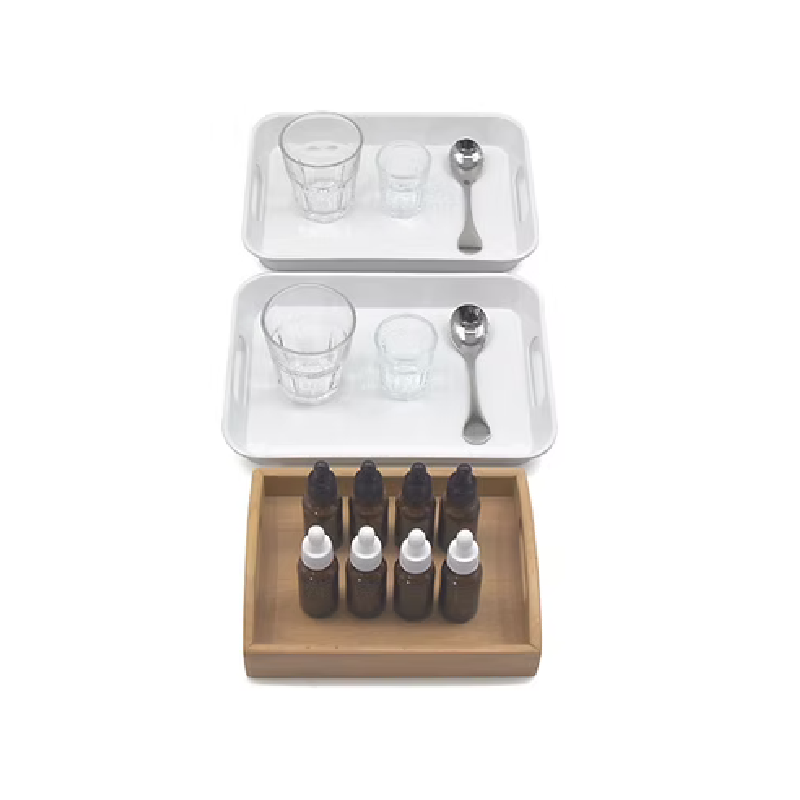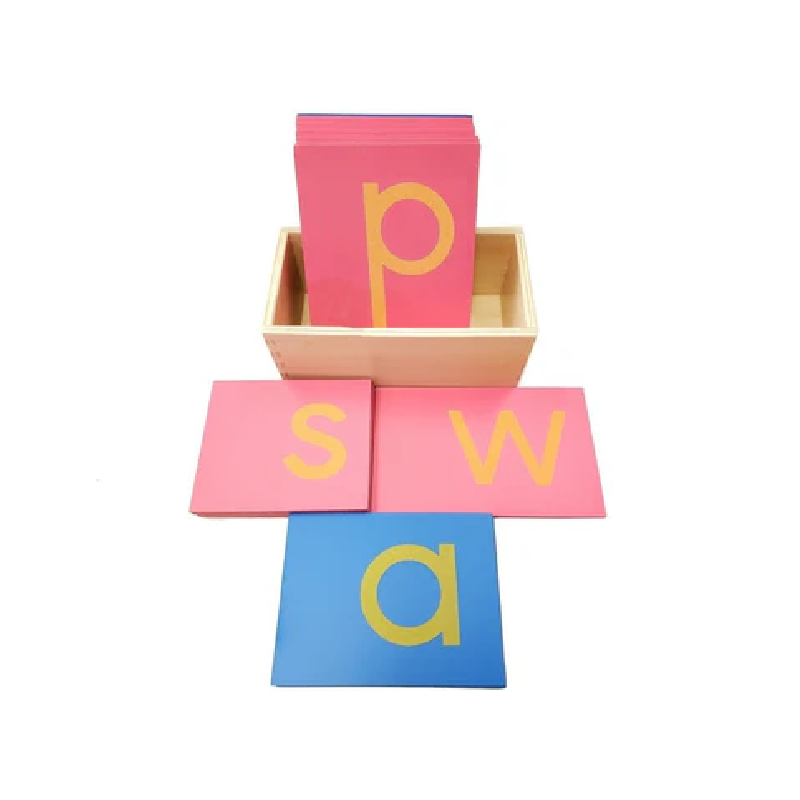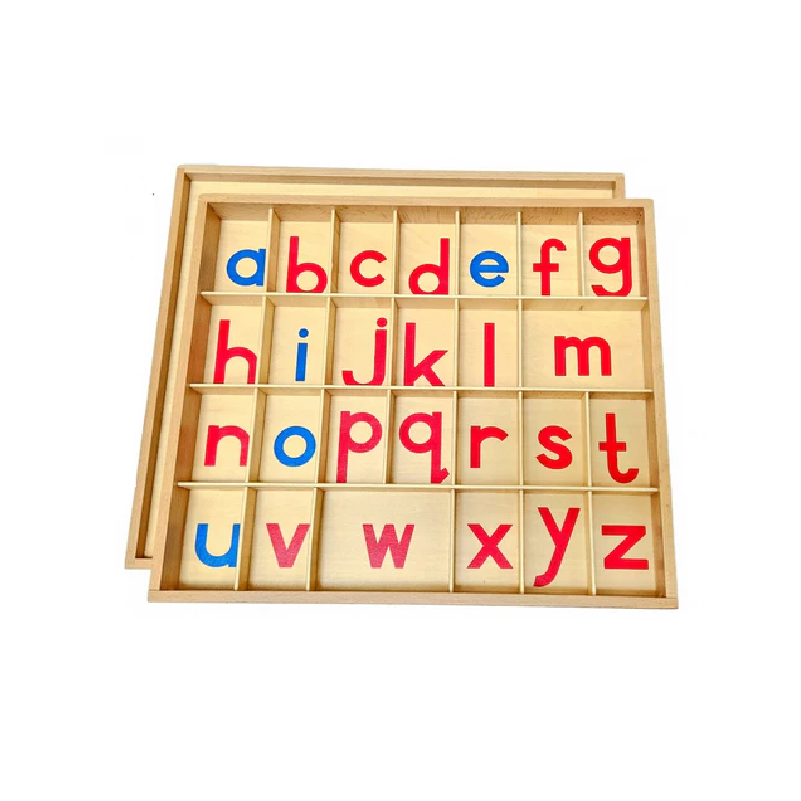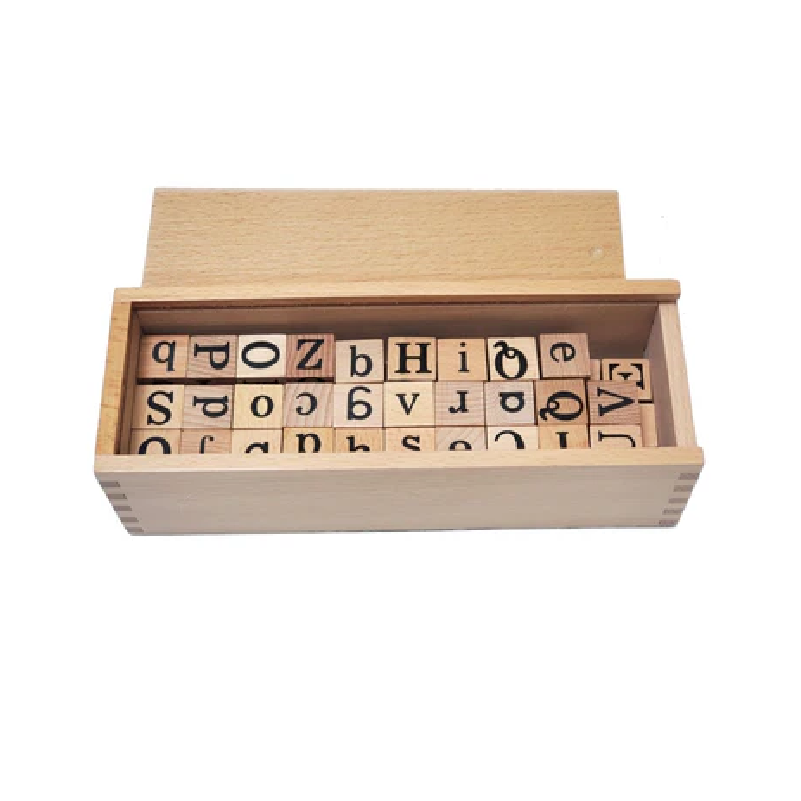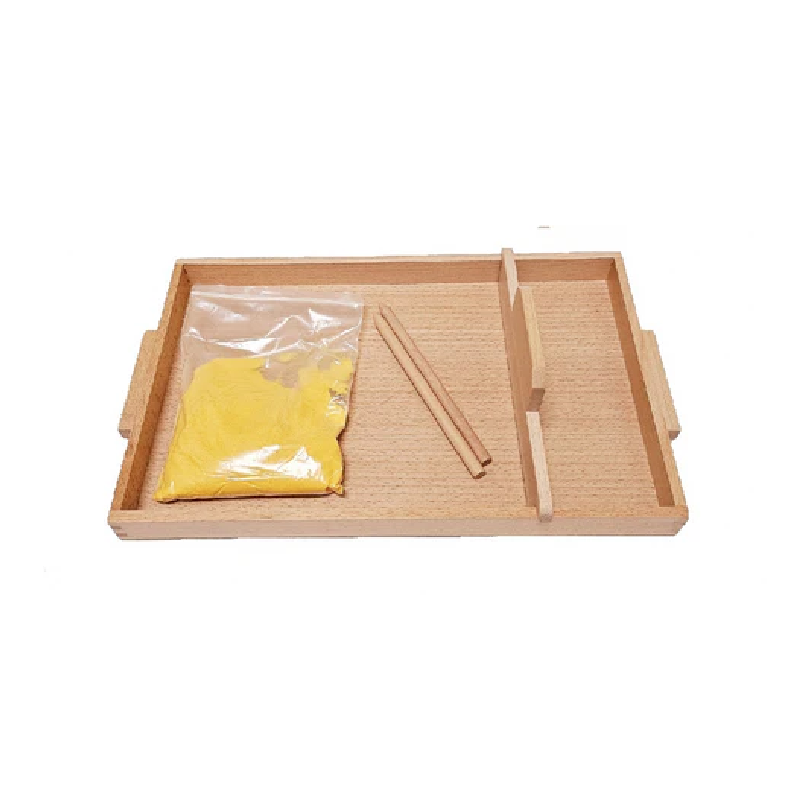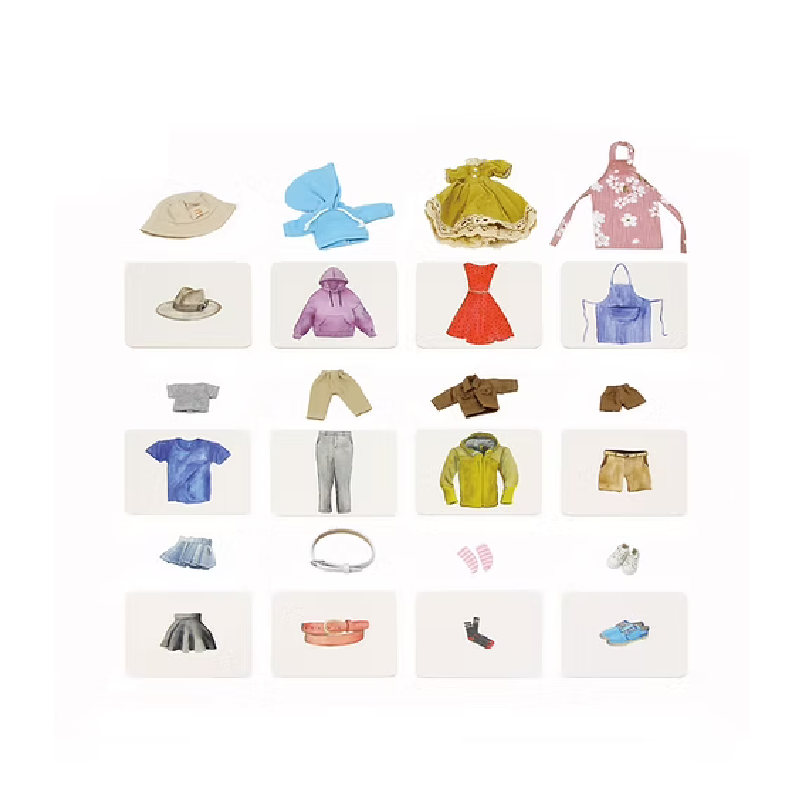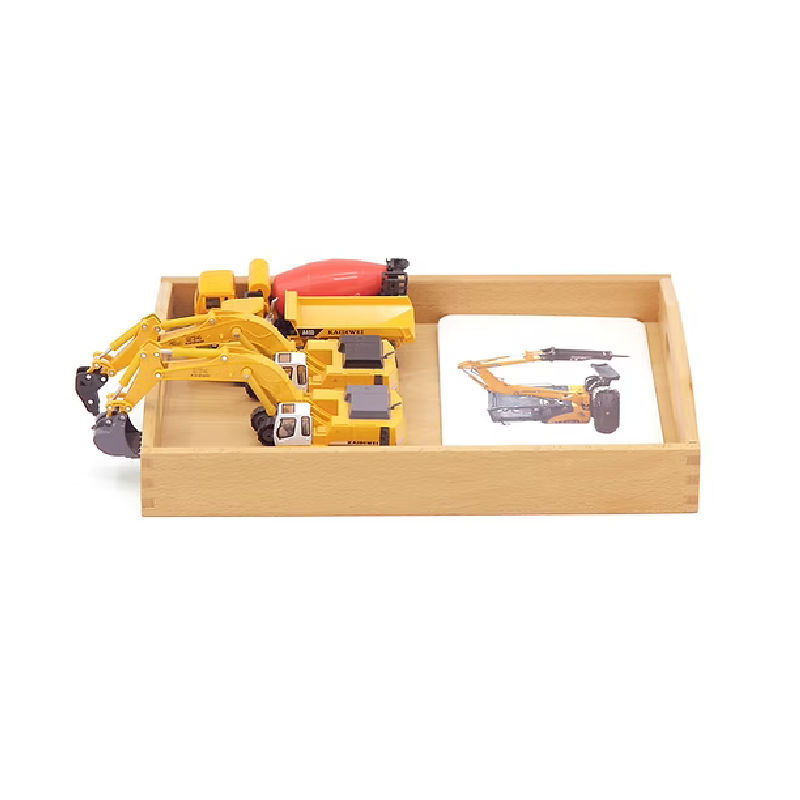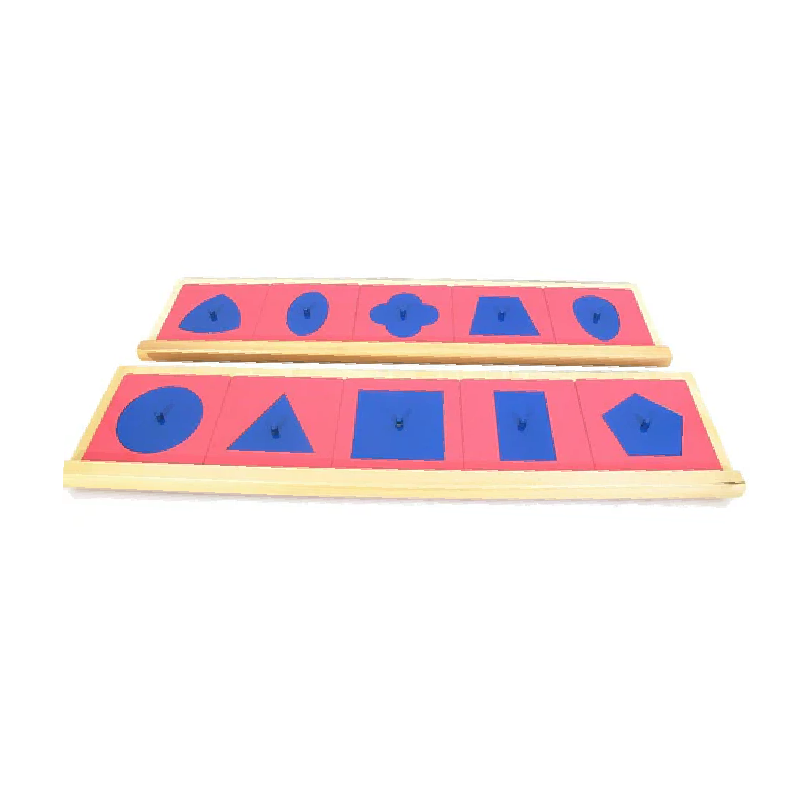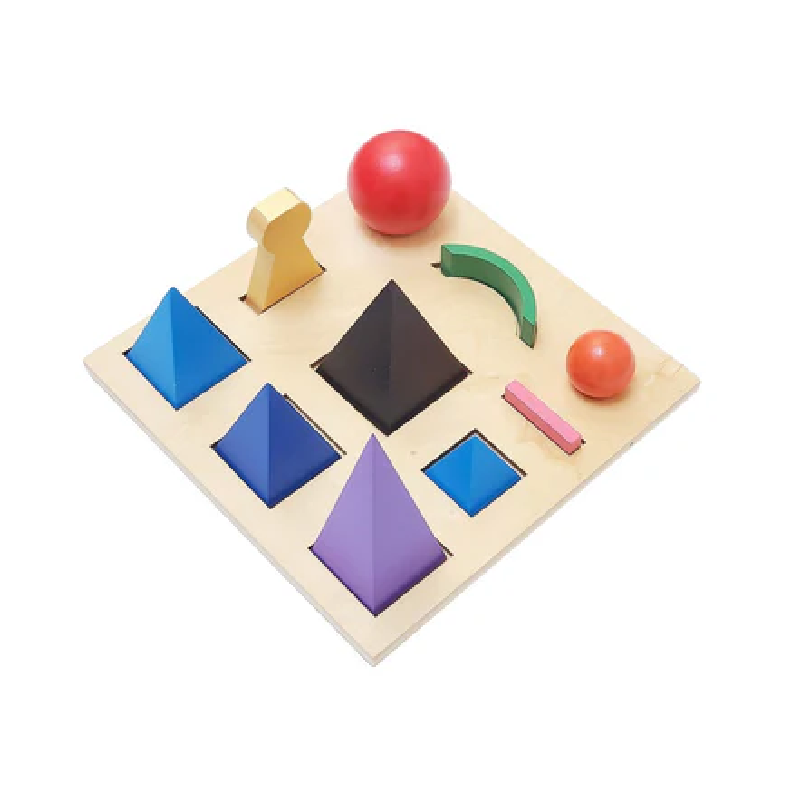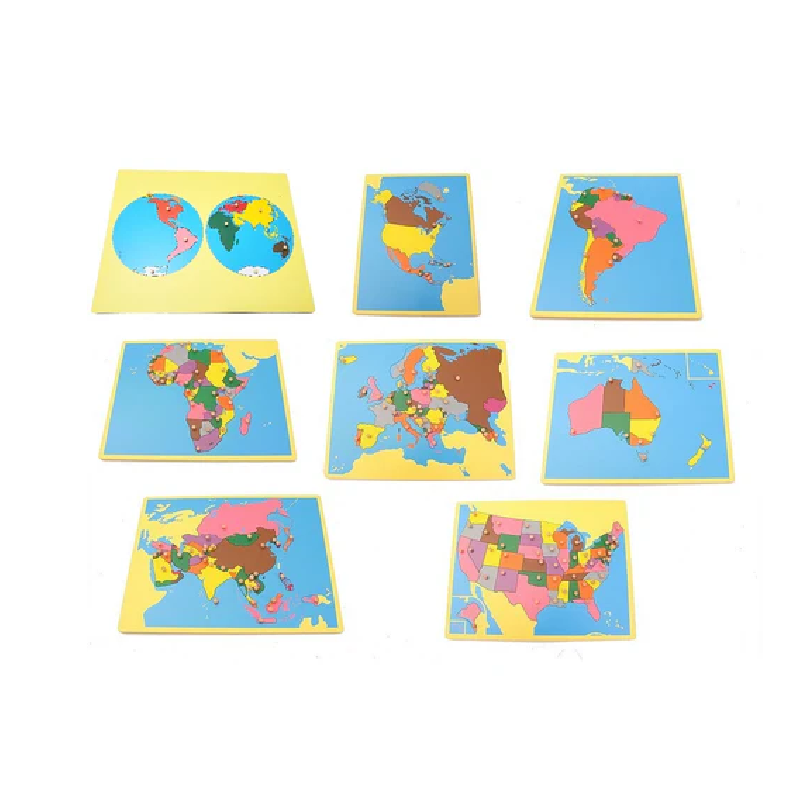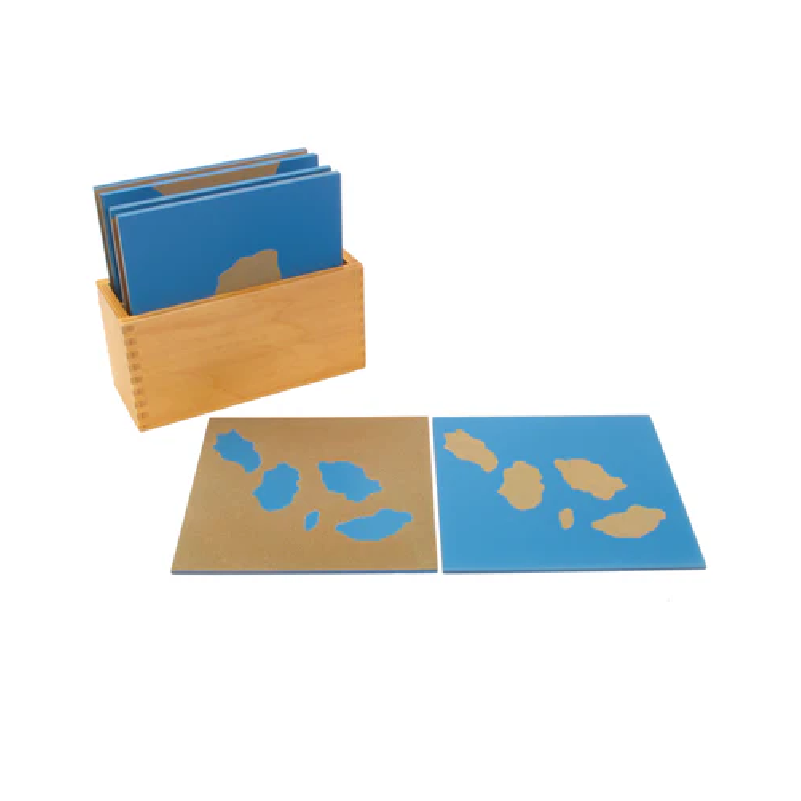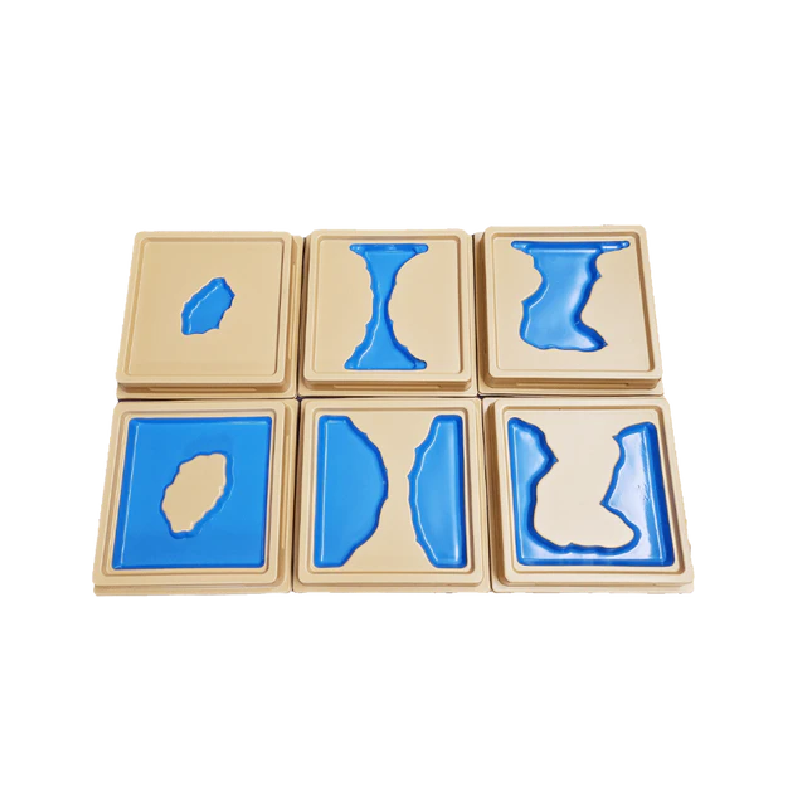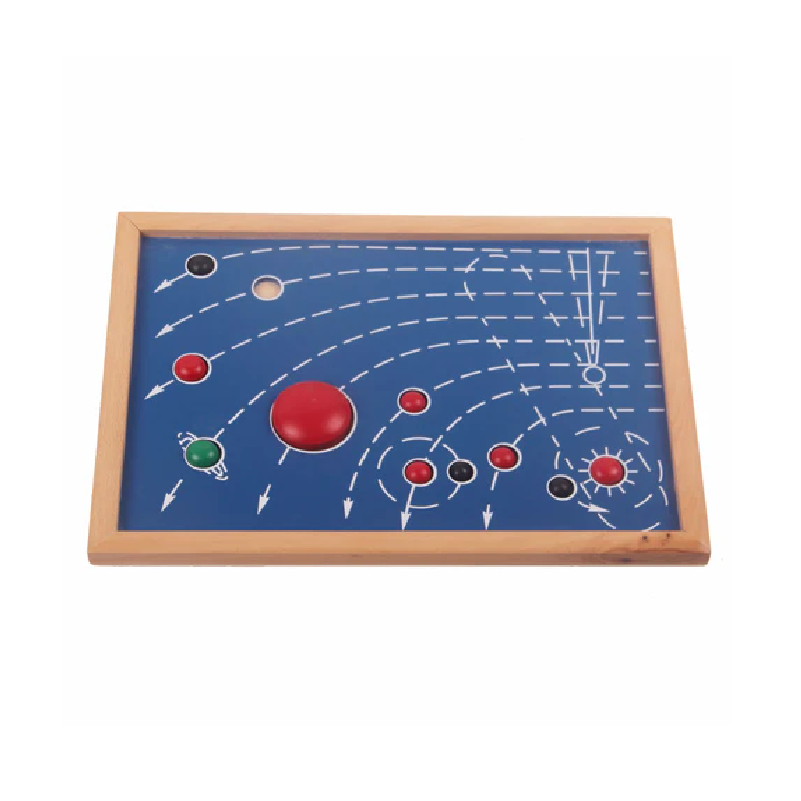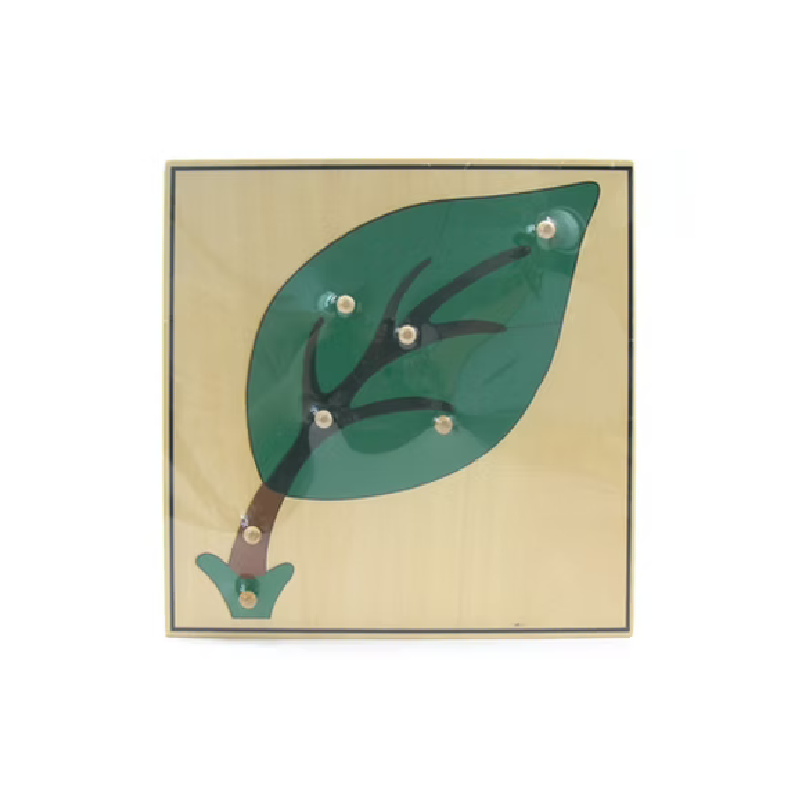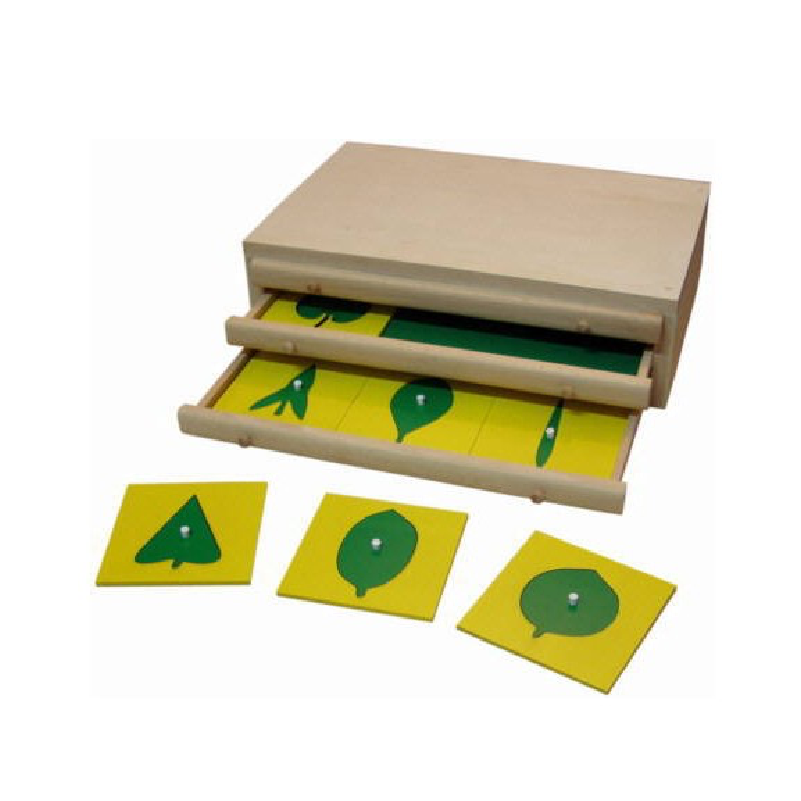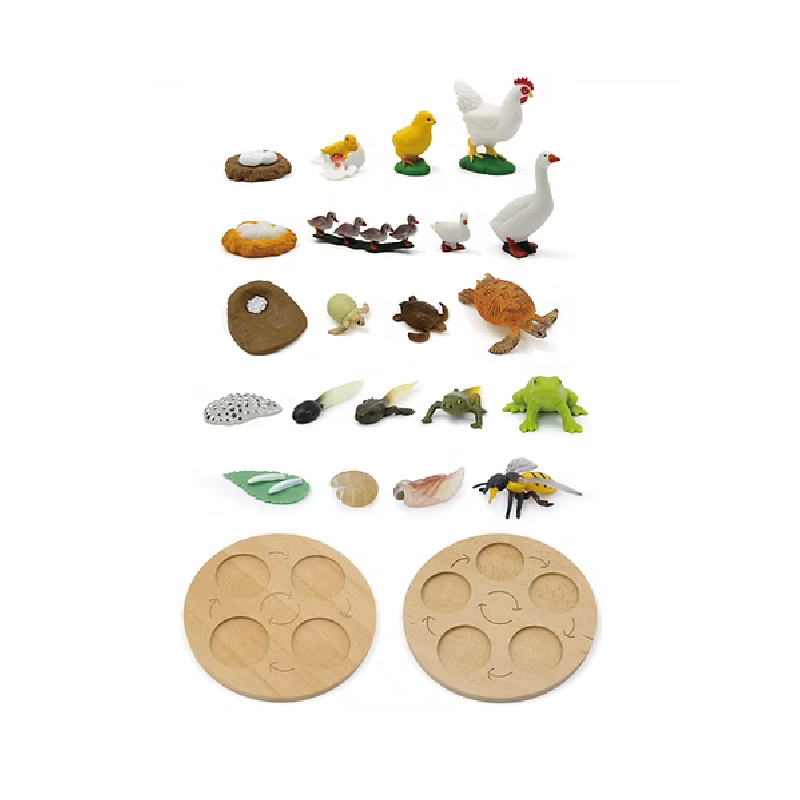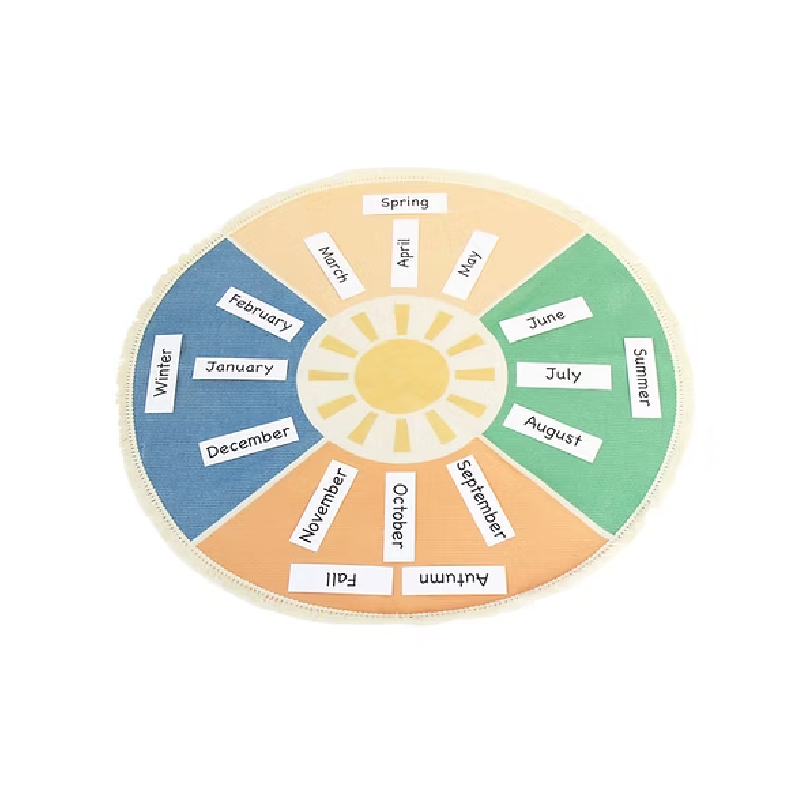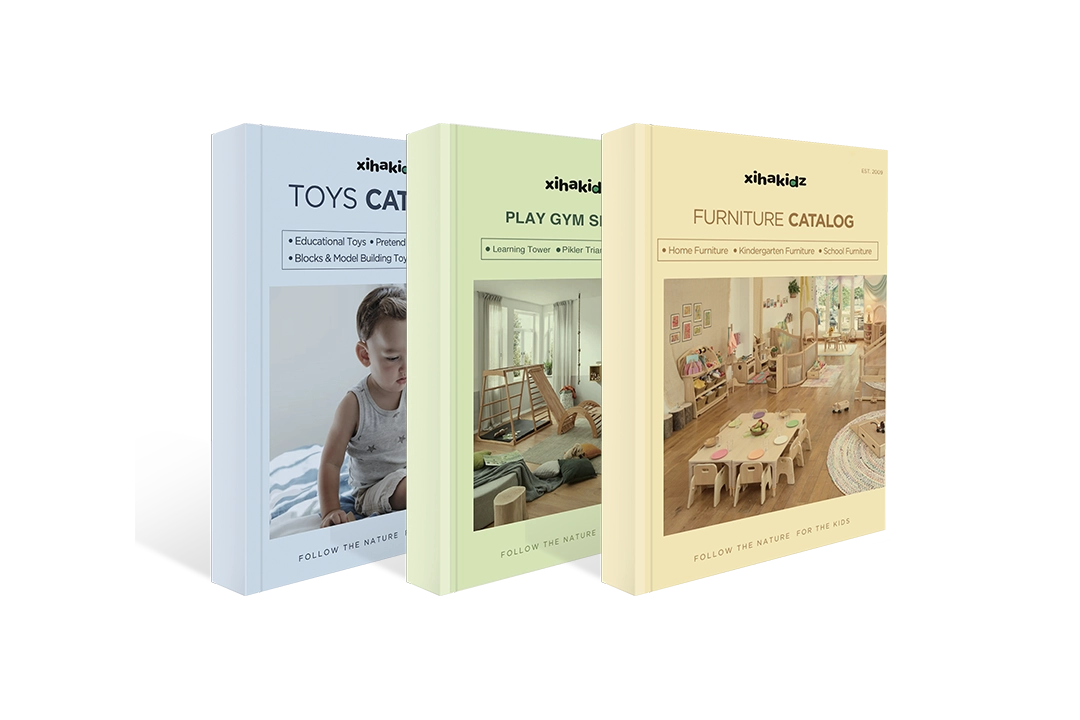Montessori Materials
Montessori materials are essential tools in fostering independent learning, creativity, and critical thinking in young children. Designed to be hands-on and sensory-rich, these materials promote self-directed learning through exploration and discovery. Our company specializes in crafting high-quality Montessori materials that are both functional and aesthetically pleasing, ensuring they align perfectly with the Montessori method. Whether you're setting up a preschool or daycare center, we provide a wide range of materials tailored to the developmental needs of children.
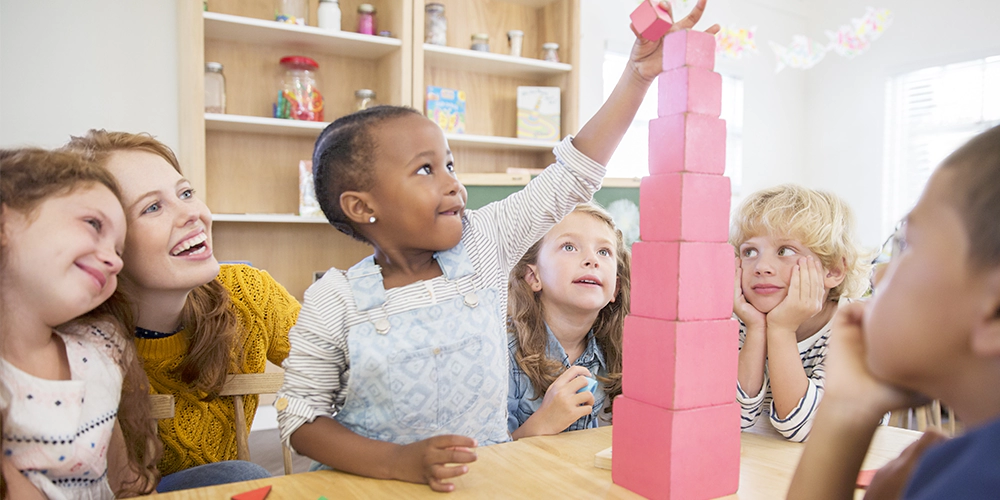
Explore Our Wide Range of Montessori Materials
We provide a curated selection of Montessori materials designed to promote learning in a wide range of developmental areas. From sensorial materials and practical life tools to language, math, and science equipment, our products support a comprehensive, holistic learning experience. Crafted from durable, safe, and eco-friendly materials, each piece encourages active engagement and fosters critical thinking in children of all ages.
Montessori Practical Life Materials
Items like small pitchers for pouring, buttons for dressing frames, or small brushes for sweeping help children learn practical skills and build coordination. These materials encourage children to perform tasks that are meaningful in their everyday lives, which builds a sense of competence and independence.
Montessori Sensorial Materials
The Montessori method uses a variety of sensorial materials like color tablets, sound boxes, and geometric shapes. These tools help children refine their sensory abilities and develop their awareness of the world. The materials also promote cognitive development as children compare, classify, and identify different sensory elements.
Montessori Math Materials
Montessori math materials like bead frames, number rods, and the golden bead materials make abstract mathematical concepts tangible. The concrete materials help children internalize mathematical operations and understand the relationship between numbers through their interactions with the materials.
Montessori Language Materials
Montessori language materials include sandpaper letters, movable alphabets, and early reading materials designed to introduce children to letters, sounds, and phonetic structures. These hands-on materials engage children actively, helping them associate sounds with symbols in a concrete way.
Cultural Materials
Montessori cultural materials introduce children to geography, science, biology, history, music, and art. Products include Puzzle Maps, Land & Water Form Trays, Life Cycle Cards, and Flags of the World Sets. These resources connect learners with the wider world, encouraging curiosity, respect for diversity, and a global perspective from an early age.
Characteristics of Montessori Materials
- Sensory Engagement: Materials stimulate children’s senses (sight, touch, hearing) to enhance understanding of abstract concepts.
- Self-Correction: Materials allow children to identify and correct their own mistakes independently.
- Developmentally Appropriate: Materials are designed for different developmental stages, providing challenges suited to the child’s growth.
- Encouraging Independence: Materials promote self-directed learning, helping children develop autonomy and decision-making skills.
- Aesthetic Appeal and High Quality: Montessori materials are made from natural, durable materials that are visually appealing.
- Repetitive Use: Materials are designed for continuous practice, reinforcing concepts through repeated use.
- Focus on Concentration and Patience: Materials encourage children to focus and develop patience through extended use.
Montessori vs Traditional Materials
Montessori materials and traditional educational materials serve different purposes in the learning environment. The comparison below highlights the key differences.
| Feature | Montessori Materials | Traditional Materials |
|---|---|---|
| Learning Approach | Hands-on, self-directed, and experiential learning. | Teacher-directed, passive learning with less exploration. |
| Purpose | Aimed at cognitive, motor, and social development through interactive experiences. | Primarily used for direct instruction, focusing on memorization and repetition. |
| Interaction with Materials | Children interact directly, manipulate, and self-correct. | Materials are often used for demonstrations or passive observation. |
| Independence | Materials encourage independence and self-learning. | Students are often dependent on the teacher for instructions and corrections. |
| Self-Correction | Many materials are self-correcting, allowing children to identify and fix mistakes. | Few materials allow for self-correction, often requiring teacher intervention. |
| Adaptability | Materials can be adapted for different learning styles and needs. | Materials are usually standardized and less adaptable to individual needs. |
| Engagement Level | Highly engaging and interactive, fostering curiosity and concentration. | Engagement is often passive, with less opportunity for hands-on involvement. |
Guidelines to Choose Montessori Materials
The selection of Montessori materials depends on factors such as the child’s developmental stage, interests, and educational goals. Below are key guidelines for choosing Montessori materials:
Match Developmental Stage
Choose materials based on the child's age and developmental level. Younger children need simple sensory materials, while older children can handle more complex, abstract tools.
Prioritize Hands-on Learning
Select materials that engage children through physical interaction, such as blocks, beads, or puzzles. This encourages exploration and a deeper understanding of concepts.
Look for Self-Correction
Choose materials that allow children to correct mistakes independently. This fosters problem-solving skills and autonomy, such as puzzles or math manipulatives that show immediate feedback.
Encourage Independence
Select materials that support self-directed learning, like practical life tools (e.g., pouring or dressing frames). These help children practice skills and build confidence.
Ensure Versatility and Durability
Pick versatile materials that can be used in multiple ways and are made from high-quality, long-lasting materials. This ensures the materials grow with the child and withstand frequent use.
Align with Learning Goals
Choose materials that align with specific educational goals. For example, math materials like Golden Beads for numbers, or language tools like Sandpaper Letters for literacy development.
Choose the Right Montessori Materials by Age
Montessori materials are designed to match children’s natural stages of development. Each age group benefits from specific tools that support growth in independence, coordination, language, and problem-solving. Below is a guide to help you select suitable Montessori materials for different preschool levels.
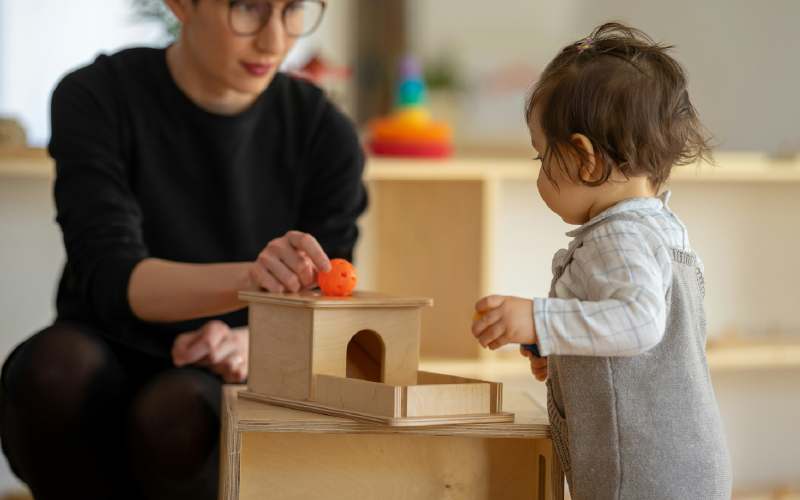
0–3 Years (Infants & Toddlers)
During the first three years of life, children absorb information through movement and sensory input. They are developing gross and fine motor skills, hand-eye coordination, object permanence, and early independence. Montessori materials at this stage should be simple, safe, and designed for repetition and exploration.
- Ideal materials include the Object Permanence Box, Imbucare Box with Knit Ball, Ring Stacker, and Open-Close Basket—each focusing on one clear concept and allowing for active manipulation without external correction.
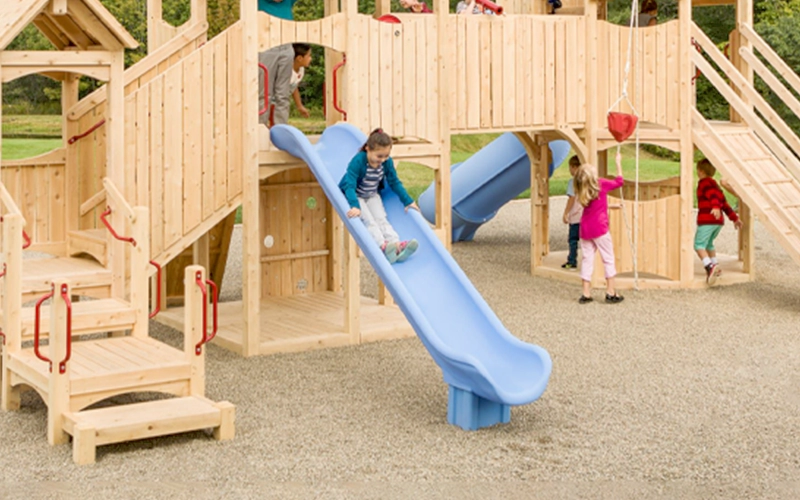
3–6 Years (Preschool)
Preschool-aged children enter a phase of conscious learning. They are eager to repeat tasks, refine their senses, and build language and math skills through real, purposeful activity. At this stage, they are also developing inner discipline, concentration, and a strong sense of order.
- Foundational materials include the Pink Tower, Sandpaper Letters, Number Rods, and Dressing Frames. These tools guide children from hands-on discovery to abstract understanding.
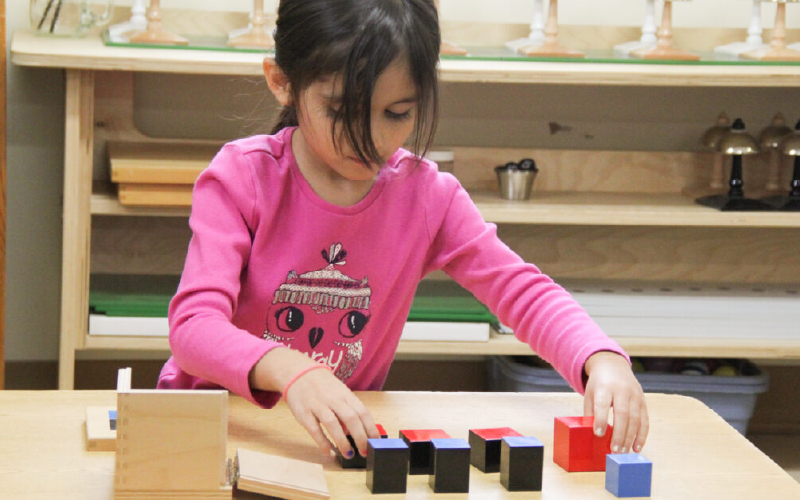
6–9 Years (Lower Elementary)
Children at this age begin to think abstractly and logically. They are curious, socially motivated, and ready to explore relationships between ideas. Learning becomes more interdisciplinary, and materials should support collaborative investigation and storytelling.
- Typical materials include the Stamp Game, Grammar Boxes, and Botany Cabinet. These support reasoning, classification, and cross-subject learning.
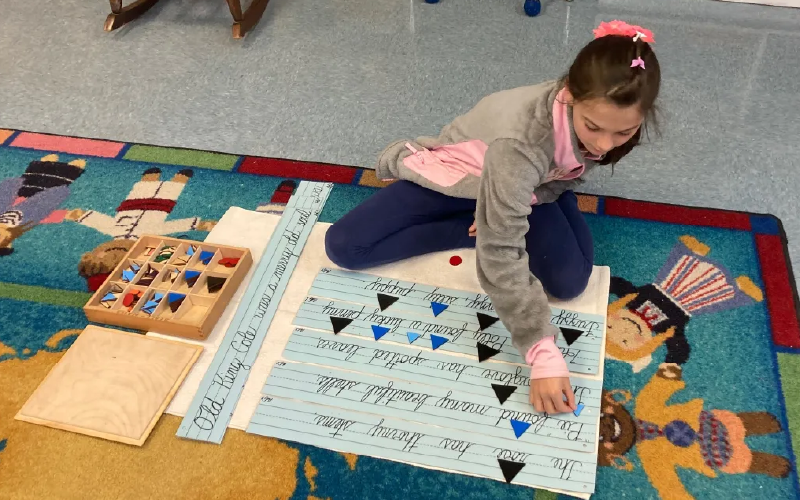
9–12 Years (Upper Elementary)
Upper elementary learners seek to understand systems, histories, and their place in the world. They are ready for abstract concepts in mathematics, ethics, science, and social studies. Materials should encourage independent inquiry and big-picture thinking.
- Key materials for this stage include the Algebraic Peg Board, Clock of Eras, Fundamental Needs of Humans Chart, and Zoology Nomenclature Cards. These invite deep research, moral reflection, and cultural exploration.
Cleaning and Maintenance of Montessori Materials
Montessori materials are designed to last for years with proper care. Whether used in classrooms or homes, regular cleaning and mindful storage preserve both the beauty and educational purpose of each item.
General Cleaning Guidelines
- Use soft, lint-free cloths to clean surfaces regularly
- Avoid harsh chemicals or alcohol on painted or wooden surfaces
- Choose mild, non-toxic cleaners safe for children
- Dry materials thoroughly after cleaning to prevent moisture damage
- Clean high-touch materials more frequently in group settings
Cleaning Methods by Material Type
- Wood: Wipe with a damp cloth and dry immediately. Use beeswax polish as needed. Avoid soaking or abrasive scrubbing.
- Metal: Use a dry cloth or alcohol wipes. Check for rust. Avoid long exposure to water.
- Fabric: Wash covers gently with mild detergent. Air dry completely. No bleach.
- Laminated Cards: Wipe laminated cards gently. Replace damaged pieces when needed.
- Plastic or Acrylic: Use a damp cloth with mild soap. Rinse and dry thoroughly. Avoid strong chemical disinfectants.
FAQ
How do I maintain Montessori materials?
Montessori materials should be kept clean and in good condition. Wooden materials can be wiped with a soft cloth, and items that involve smaller parts should be carefully checked for wear and tear to ensure safety.
What is the role of a teacher with Montessori materials?
The role of a teacher is to observe, guide, and introduce materials, rather than direct the learning process. Teachers encourage exploration and allow children to discover concepts at their own pace.
Can I make my own Montessori materials?
Yes, many Montessori materials can be handmade, especially for younger children. Simple items like sensory bottles, fabric sorting games, or counting beads can be created at home with basic materials.
Do Montessori materials require a specific learning environment?
Montessori materials are best used in a structured yet flexible environment where children have the freedom to choose activities and work independently. A quiet, well-organized, and clutter-free space enhances the learning experience.
Are Montessori materials expensive?
The cost of Montessori materials can vary depending on the quality and type. While they may be more expensive upfront, they are durable, versatile, and long-lasting, making them a good investment for long-term learning.
Can Montessori materials be used in a home environment?
Absolutely! Montessori materials can be used at home to create a learning environment that fosters independence and self-directed learning, just like in a Montessori classroom.
Are Montessori materials safe for children?
Yes, Montessori materials are designed with safety in mind, typically made from non-toxic, durable materials like wood. They meet strict safety standards to ensure children can use them without risk.
At what age should children start using Montessori materials?
Montessori materials can be introduced as early as infancy, with age-appropriate tools available for different developmental stages from 0 to 18 years old.

